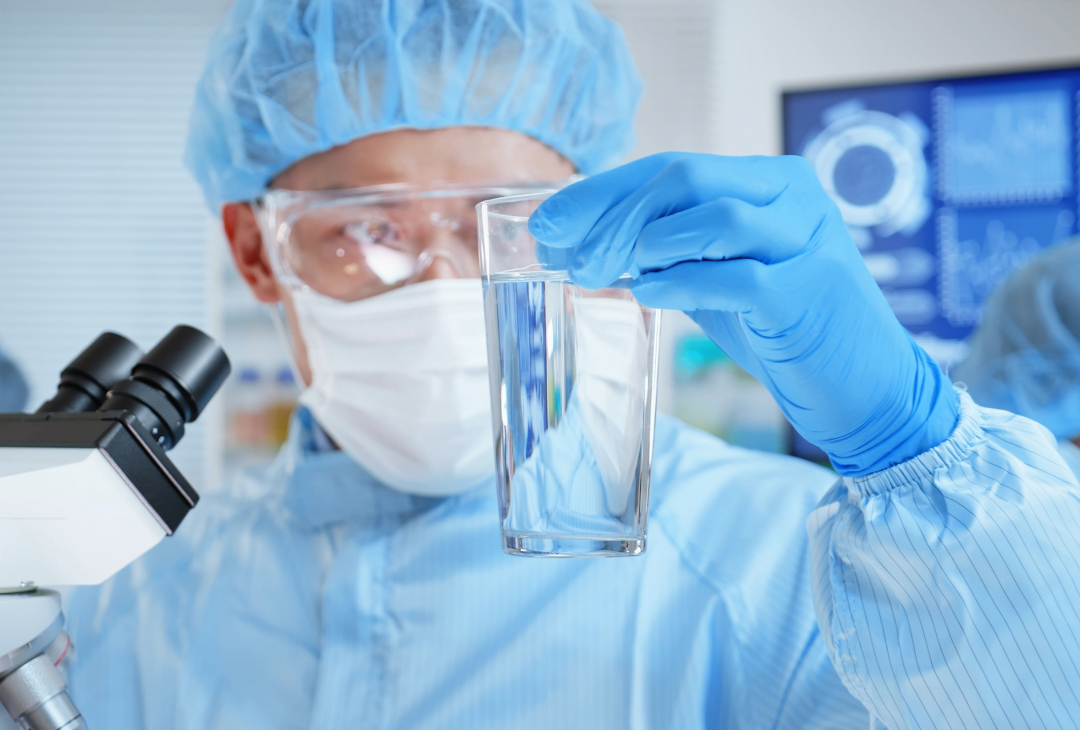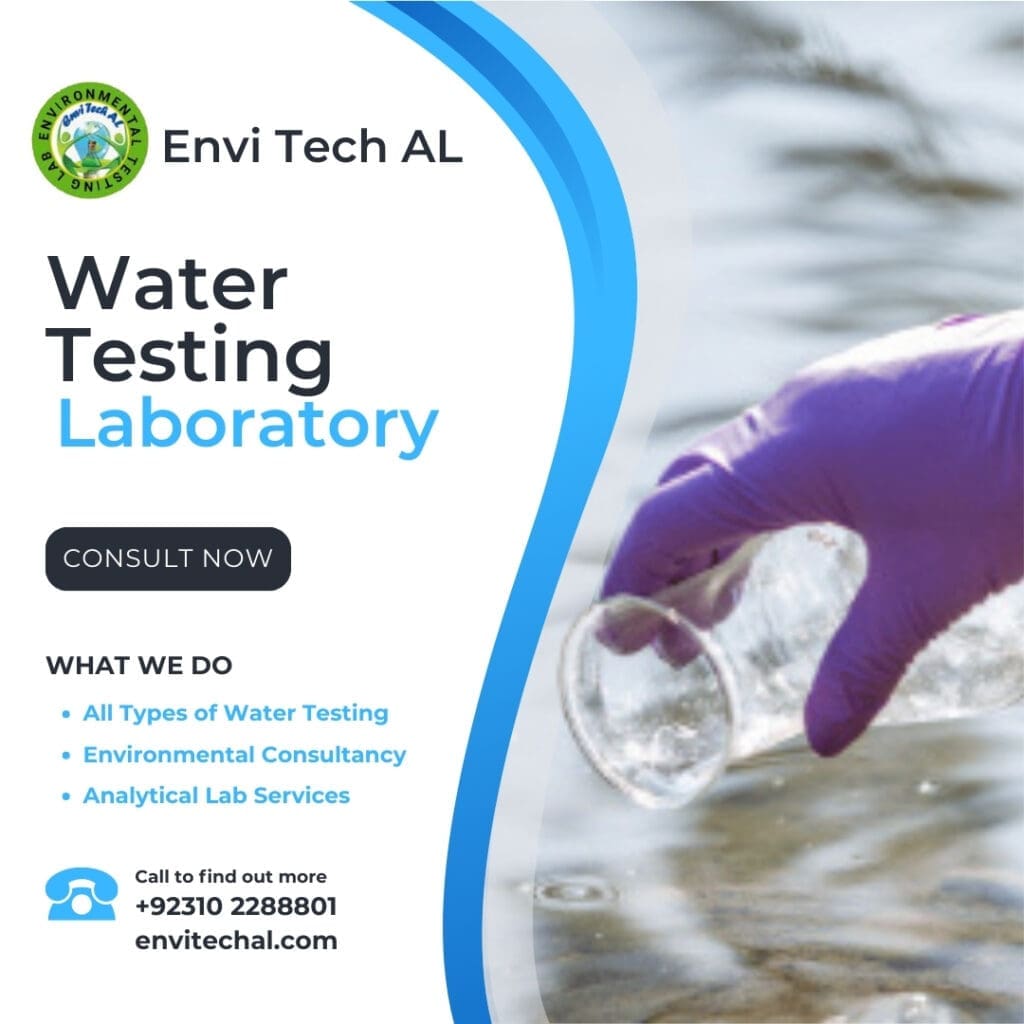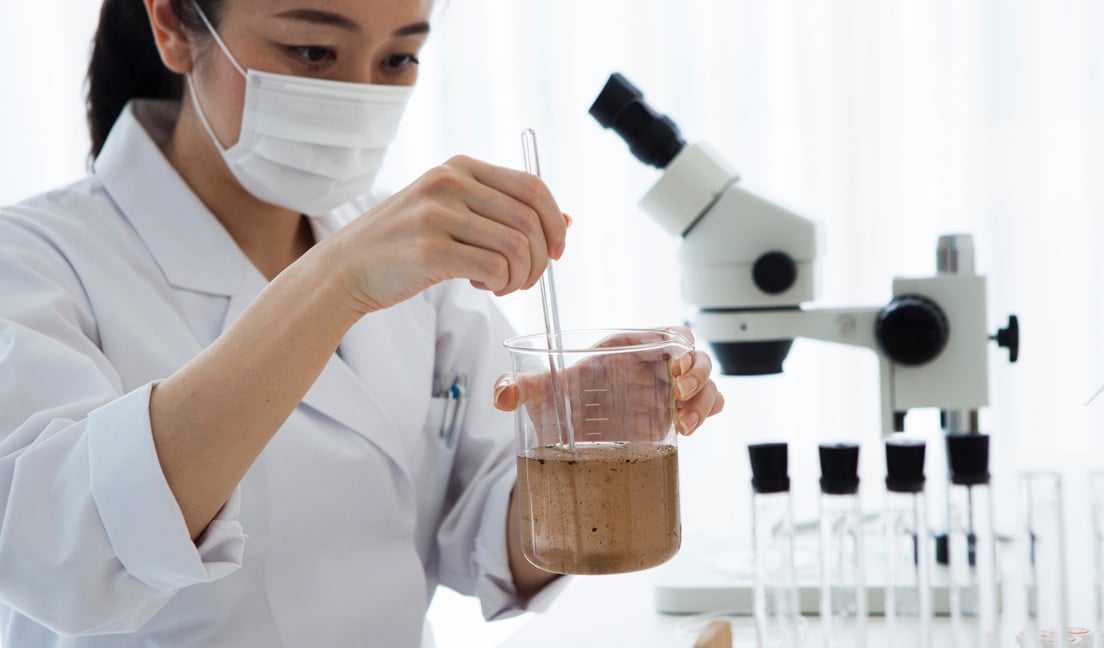The Relevance of Deciding On Water Testing Services Tampa for Your Health
The Relevance of Deciding On Water Testing Services Tampa for Your Health
Blog Article
Discover What Is Included in Water Checking and Exactly How It Guarantees Safe Drinking Water
Understanding the complexities of water screening is critical in making certain the high quality and security of our alcohol consumption water. With a meticulous assessment of physical, chemical, and microbiological aspects, water testing determines potential impurities that can pose health and wellness risks. From the visibility of hefty steels to unsafe microorganisms, each test component plays an essential function in maintaining the honesty of our water. Advanced methods like chromatography and spectrometry enhance the accuracy of these evaluations. Exactly how do these processes equate into the governing frameworks that guarantee security in our day-to-day consumption?
Key Parts of Water Screening
Water testing is a vital process that involves a number of key components to make certain the security and quality of alcohol consumption water. One of the primary elements is the assessment of physical characteristics, consisting of shade, odor, and turbidity. These qualities can offer first insights right into the water's condition and potential contamination resources. In addition, making certain the pH balance of water is important, as it influences the water's corrosiveness and the efficacy of sanitation processes.
An additional considerable element includes microbiological evaluation, where water samples are examined for the presence of bacteria such as germs, viruses, and protozoa. This evaluation is essential to identify biological hazards that could position wellness dangers if taken in. Chemical evaluations are carried out to find inorganic and natural compounds, such as hefty steels, nitrates, and pesticides, that could be existing in the water supply.

Identifying Damaging Impurities
Spotting dangerous impurities in alcohol consumption water is a fundamental facet of protecting public health. This process includes recognizing prospective dangers that can jeopardize the top quality and safety and security of water supplies. Contaminants can range from microbes such as bacteria, infections, and protozoa, to not natural compounds like lead, arsenic, and nitrates, along with natural contaminants consisting of chemicals and commercial chemicals. Each sort of pollutant postures unique health dangers, making their detection important to guarantee the water taken in by the public is safe.
Water screening for contaminants is generally conducted by regulatory firms and water utilities, employing a combination of area sampling and research laboratory analysis. These evaluations are developed to detect both normally taking place substances and anthropogenic toxins that might have gotten in the supply of water with farming drainage, industrial discharge, or aging framework. Regular surveillance is essential, as contamination degrees can vary due to ecological adjustments, seasonal variations, or human activities.
The identification of damaging pollutants notifies necessary activities, such as water therapy interventions or public advisories, to reduce threats. Early detection is important to stop unfavorable health and wellness results, ranging from gastrointestinal illnesses to lasting conditions like cancer cells, therefore making sure the proceeded security of drinking water.

Chemical Analysis Strategies
In the world of making certain secure drinking water, chemical evaluation techniques play an essential duty in determining and evaluating impurities. These techniques are important for identifying a vast array of chemical compounds, consisting of hefty metals, chemicals, and industrial contaminants, which can posture substantial health and wellness risks. Techniques such as atomic absorption spectroscopy (AAS) and inductively coupled plasma mass spectrometry (ICP-MS) are typically utilized to gauge trace degrees of steels like mercury, lead, and arsenic. These tools provide exact quantification, promoting conformity with regulatory criteria.
Gas chromatography-mass spectrometry (GC-MS) is an additional crucial strategy, particularly for natural compounds. It separates intricate blends and identifies volatile and semi-volatile organic compounds, guaranteeing that contaminants like benzene and toluene are within risk-free restrictions. High-performance liquid chromatography (HPLC) is in a similar way utilized for non-volatile materials, including certain chemicals and pharmaceuticals.
Ion chromatography is employed to figure out concentrations of cations and anions, such as nitrates and sulfates, which are pivotal in evaluating water top quality. These chemical evaluation strategies collectively make sure that alcohol consumption water continues to be risk-free by finding deviations from established purity norms, consequently protecting public wellness. Making sure accuracy and accuracy in these tests is vital to maintaining the stability of water safety assessments.
Microbiological Examining Methods
Accurate microbiological testing is important for protecting public health and wellness by making certain that drinking water is without unsafe pathogens. This process includes identifying and mentioning bacteria such as microorganisms, viruses, and protozoa that might infect water materials. Usual microorganisms include Escherichia coli, Giardia, and Cryptosporidium, each posturing significant health dangers.
Several techniques are employed in microbiological testing to determine these threats. The membrane layer purification method is often used, entailing water travelling through a filter that more records germs, which are then cultured to establish their existence and focus. Additionally, the multiple-tube fermentation technique enables the metrology of coliform germs making use of a series of dilution and incubation steps.
Developments in innovation have introduced molecular techniques such as polymerase domino effect (PCR), which permits the rapid and highly specific detection of pathogens by amplifying their hereditary material. Enzyme-linked immunosorbent assays (ELISA) likewise offer an approach to detect virus by determining certain healthy proteins or antigens.
These varied techniques are necessary for comprehensive water top quality assessment, ensuring that water therapy procedures are effective which distribution systems maintain safety. By utilizing these microbiological screening methods, prospective carcinogen can be identified and reduced promptly.

Value for Public Wellness
Guaranteeing the microbiological safety of drinking water directly impacts public wellness by avoiding the spread of waterborne illness. Microorganisms such as bacteria, viruses, and protozoa can bring about illnesses like cholera, dysentery, and stomach infections (Water Tesing Services Tampa). The execution of thorough water testing procedures is critical in identifying and mitigating these risks, therefore securing neighborhoods from potential episodes
Routine water screening not just spots microbial contaminants however also analyzes chemical and physical specifications that can impact health. For circumstances, extreme degrees of nitrates or heavy steels such as lead can position significant health and wellness threats, especially to at risk populations like babies and pregnant ladies. By identifying these threats early, water testing allows prompt treatments, ensuring the water supply remains within safe consumption criteria.
In addition, water screening plays a vital function in preserving public self-confidence in municipal water systems. It supplies openness and accountability, assuring the general public that their wellness is a priority. For policy makers and health and wellness authorities, the data stemmed from water screening educates choices on framework investments and public health techniques, making certain sources are routed where they are most required. In this way, water testing is essential in promoting a healthier, much safer culture.
Conclusion
Water screening functions as an important system for making sure the safety and security and top quality of alcohol consumption water through comprehensive evaluation of its physical, chemical, and microbiological residential properties. By identifying hazardous pollutants, such as heavy metals and chemicals, and making use of sophisticated techniques like chromatography and spectrometry, water screening assists in that site the identification of potential wellness threats. The application of rigorous screening protocols is essential for keeping conformity with security standards, ultimately securing public health and wellness and strengthening confidence in community water supply.

By identifying these threats early, water testing makes it possible for prompt interventions, making sure the water supply continues to be within secure intake standards.
Water screening serves as an essential system for making certain the safety and high quality of alcohol consumption water with comprehensive analysis of its physical, chemical, and microbiological residential properties.
Report this page